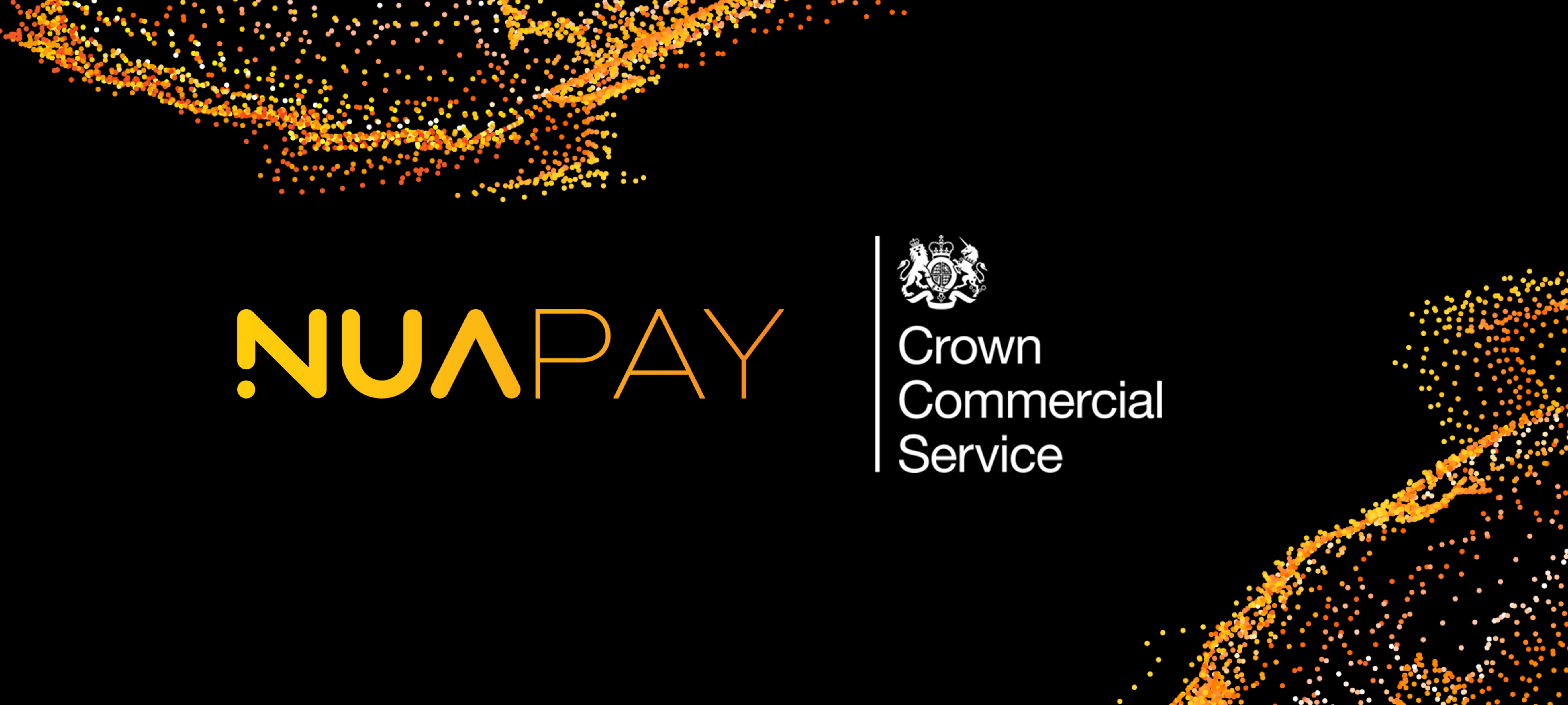[et_pb_section bb_built=”1″][et_pb_row][et_pb_column type=”4_4″][et_pb_text _builder_version=”3.12.2″]
Open Banking has been hailed as the start of a global revolution and with good reason, it will permanently change the way consumers and businesses make payments and manage their finances. But what is Open Banking and how does it work?
Bringing financial control and payments up-to-date
The mindset of the Open Banking initiative is the creation of an environment that will foster competition and innovation in the provision of banking services. At the core of the process is the requirement for banks to provide open access to the customer data they hold and payment services they provide. Clearly limits have to be applied to this and access is only provided to suitably regulated businesses.
Changes to UK banking regulations required the nine largest UK banks to cooperate with the development and implementation of common standards to support the Open Banking objectives. The chosen mechanism to deliver the open access is the use of a standard suite of APIs, APIs being the way computers now talk to each other.
Open Banking allows these suitably regulated businesses to develop a range of new and innovative services based around the data made available from their customer’s bank. Typical uses include the provision of price comparison sites, asset management where the customer has funds held in more than one bank or providing quicker and more accurate decisions around loan applications.
Another important feature of the open baking initiative is the ability of an organisation to initiate a payment directly from the bank of its customer. This introduces a completely new way to pay that offers many advantages over the options available today.
Open Banking has been available in the UK since January 2018 and will be followed by European banks in 2019. Many other countries around the world are developing similar capabilities.
How Open Banking benefits consumers
We have already mentioned, at a high level, some of the areas where the development of new services will benefit consumers. The first of these is the ability to develop a service that allows customers to see if another financial institution could provide the same or better services at a lower cost.
In the next scenario we assume the consumer has assets held in different places. These could be accounts held in different currencies, different types of accounts, shares or electronic wallets. With these situations it can be difficult to achieve an aggregated view of your finances. Now – with Open Banking – a single view can be provided pooling the information held at many different banks.
Data availability via Open Banking is also of benefit to consumers when they are looking for some form of loan such as a mortgage. Traditionally, the loan provider will require details of the consumer’s financial status. With Open Banking this data can be delivered immediately avoiding the need to pull together paper statements and the many other necessary documents.
Moving on to payments, it is known that a significant percentage of consumers will not make online purchases for fear that their card details will become compromised. Open Banking solves this by not disclosing any sensitive information, such as a card number, to the merchant. This is achieved by passing control of the payment process to the customer’s bank, completely out of site of the merchant.
How Open Banking benefits companies
Businesses need to track their finances to operate efficiently. Financial information often has to be delivered to a number of different applications running within the business. Using the technology underpinning Open Banking makes these tasks more efficient and more secure than their traditional counterparts.
For businesses that trade online, the impact of Open Banking can be very significant. A completely new way of paying can now be used that delivers many advantages over the use of card based payments. On offer are reduced transaction fees, receiving the money instantly, better customer acceptance and a huge improvement in security.
Is Open Banking safe?
100%. The Open Banking infrastructure has been designed from the ground up to be secure using the latest technology to prevent any misuse. Accessing the various services can only be carried out via a regulated company that has to operate under strict rules regarding how it operates.
In every case the data owner or the payer has to give their permission before any Open Banking action can be carried out. Users give their permission directly to their bank using established methods, the service provider is not involved in this and has no way of finding out the user’s credentials.
Find out more about how open banking can benefit your business.
[/et_pb_text][/et_pb_column][/et_pb_row][/et_pb_section]





